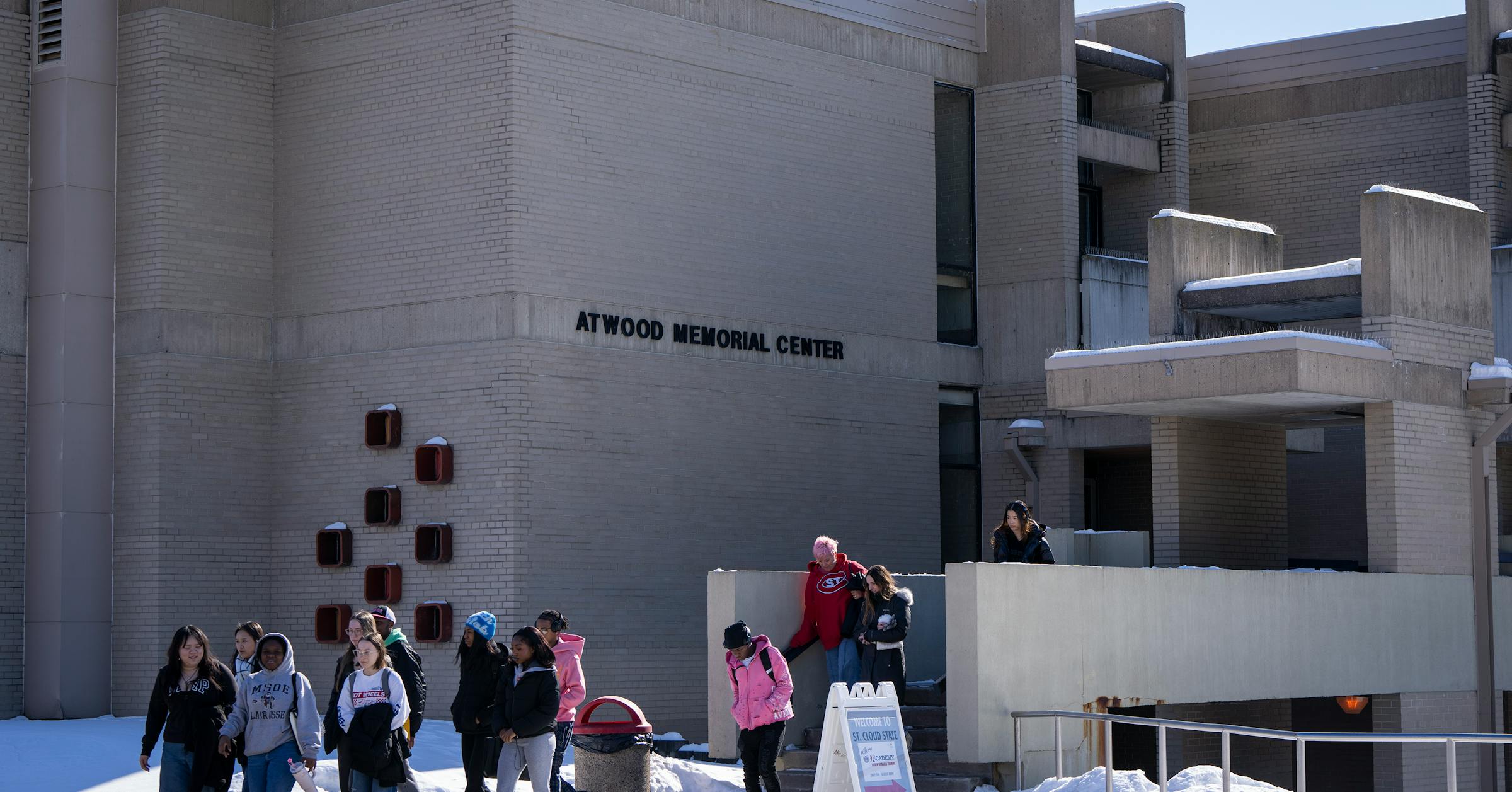Copyright yahoo

The University of Tennessee at Knoxville will no longer have to wait on state dollars to develop costly campus buildings after the University of Tennessee System successfully lobbied the state to allow a new bond-based funding strategy for all its campuses. The new program could play a pivotal role in helping Chancellor Donde Plowman accomplish her goals for growth, which include modernizing buildings and continuing to welcome a record number of students with each new class. The first beneficiary of this program will be a new civics education and ROTC building to replace 65-year-old Massey Hall, UT System Senior Vice President and Chief Financial Officer David Miller told Knox News. The UT System already takes out bonds issued by the Tennessee State School Bond Authority, or TSSBA, for buildings that generate revenue – places like dining halls, which make money from food sales to pay back debt. The new policy will allow the system to take out bonds for buildings that don’t generate revenue, such as academic buildings with classrooms. System campuses can then use up to 3% of their Education and General, or E&G, operating budgets to pay off debt from new bonds. For the Knoxville campus, 3% would represent $45.65 million of it $1.52 billion in E&G revenues. The capacity for additional debt under this program – meaning the amount of debt the Knoxville campus could take on when considering revenue, cash flow and other obligations – is $422.39 million. Board member Bill Rhodes said the new strategy will mostly benefit the Knoxville campus, allowing UT to “accelerate … a big project or two.” “It is a new tool, and we’re very grateful to the state for supporting this,” Miller said during the UT System Board of Trustees meeting Oct. 23. What University of Tennessee policy means for tuition, state funding The policy was presented at the board meeting after it was approved Oct. 20 by the TSSBA. Nothing about the policy will change how the bond authority issues bonds, how buildings are approved or how money is allocated for projects. Miller identified some potential risks, namely a concern that the state might award less funding for projects knowing UT System campuses have this tool in their back pockets. Under this policy, the bond authority says public universities must show five years of E&G growth and provide a three-year projection for revenue growth. UT System campuses also are required to place one year of debt payments into reserves, and revenues must be higher than the debt by a multiple of 1.75 ($10 million in debt, for example, would require $17.5 million in revenue, Miller said).



